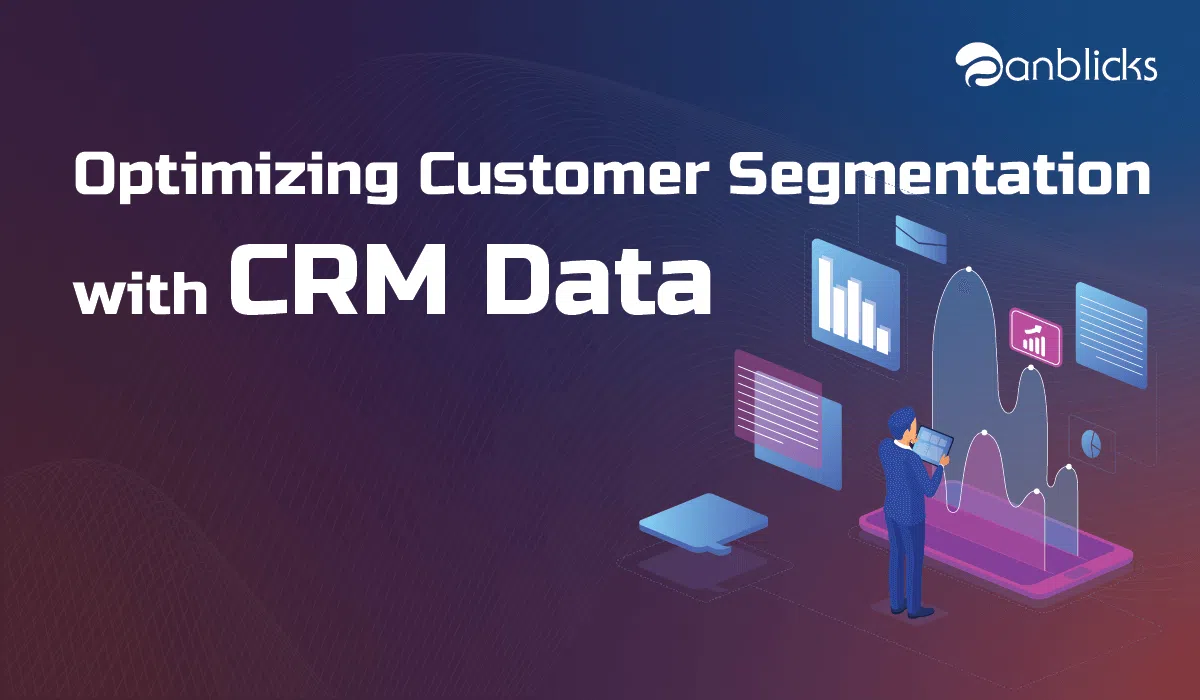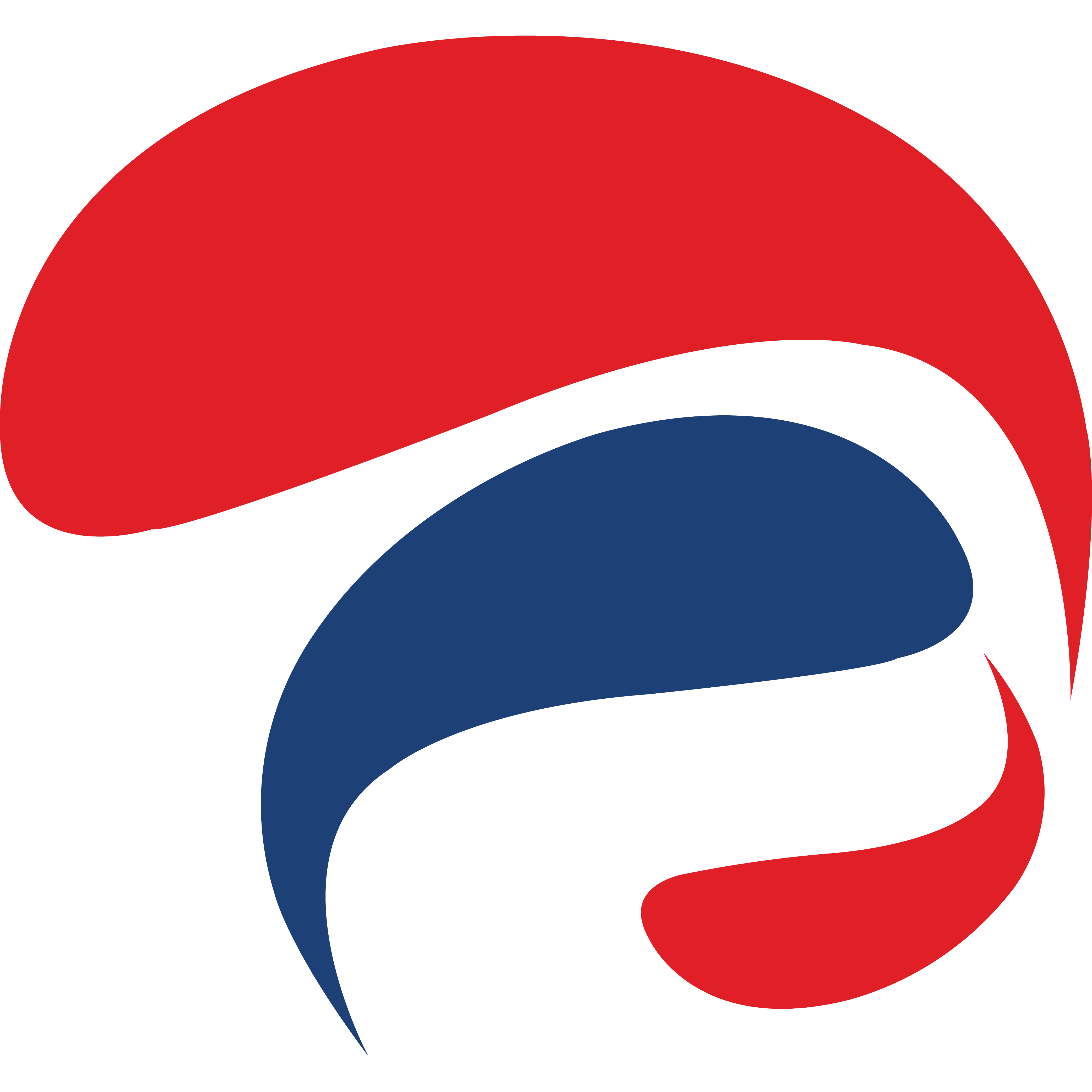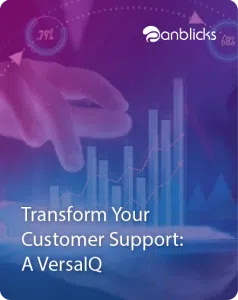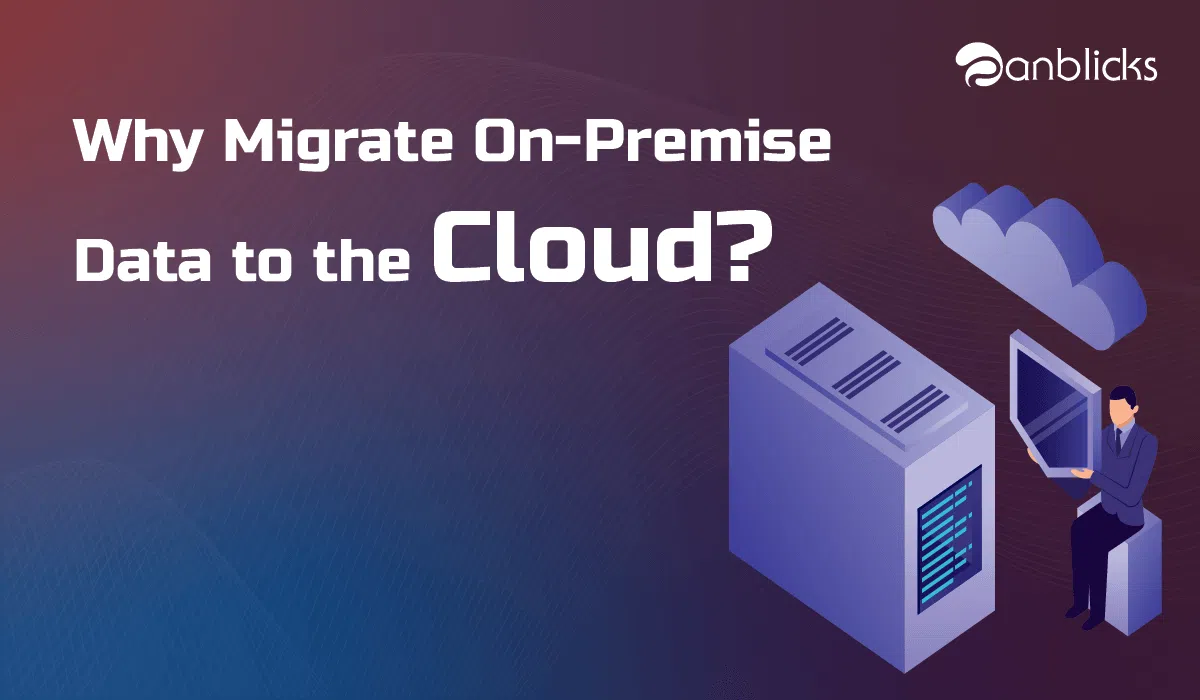
Mining the CRM Data for Customer Segmentation & Customer Knowledge

TL;DR
- Effective customer segmentation enhances targeted marketing efforts and improves overall engagement.
- Analyzing CRM data allows for identifying distinct customer groups based on behaviors and preferences.
- Implementing data-driven segmentation strategies leads to more personalized customer experiences.
A business cannot survive without conducting ongoing efforts to better understand customer needs to deliver a product/service with a meaningful and compelling value proposition. In this hyper-technological world, the Customers are more informed, have more options, and have higher expectations than ever before. Hence, the more you know about your customers, the more effective your sales and marketing efforts will be. It is important to understand customer aspects like:
- Who they are
- What they buy
- Why they buy it
With the advent of Analytics, collecting and analyzing data of the customers is increasingly used to understand their behaviour. Generally, Customer Relationship Management (CRM) system is a treasure trove of valuable information about customers.
Customer insights allow you to up-sell and cross-sell and thus increasing profitability. One of the first steps to understand the customers is through group them by categories, ie., segments that display similar behaviors and fulfill a need for that specific need.
This involves evolving various engagement plans for different segments of the customers. Customer segmentation provides us with insights into the following:
- How successful you are at keeping your ‘active customer’ segment engaged with your marketing messages, and whether this segment is growing.
- How many new leads and customers you’re acquiring
- How many customers you’re losing
- How many customers you are reactivating from ‘lapsed’ or ‘at risk’ status.
- How successful you are at converting one-time customers into repeat customers
- What your retention rate is – compared to industry benchmarks
A very fundamental (naive to very advanced) strategies by means of which typical customer segmentation are outlined below:
Customer Segmentation Based on Order Status:
Here we segment customers based on their Order status. Segmenting them will help to determine incentive strategy.
- First time Customers: whether they are logged-in users or guest users, whether they are repeat buyers or first-time shoppers. The behavior of the repeat buyers and first-time shoppers are not the same. If it is a first-time buyer, they can be offered a special discount so that they are more likely to complete their purchase.
- Customers with Abandoned Carts: Those customers loved your products but something wrong happened made them leave your store. It might be your shipping fees or something else.
- Customers with Cancelled Orders: You need to know why Customers have changed their minds on their purchases to fix and develop your website shopping experience.
- Repeated Customers: These are the Customers with more than two orders. Repeated customers are most likely to become your “Loyal Customers”, you need to follow up with them and make sure they are satisfied with your products and Service.
- Loyal Customers: These are the Customers with orders more than a certain number or value. Loyal Customers are your raving fans; they expect special treatment, such as offers and coupons, and they always share their positive word of mouth across their network of friends and families.
Product affinity segmentation:
While the above section covers the ‘right timing’ aspect of relevancy, getting the ‘right message’ in front of your customer is crucial, too, if you’re going to attract their interest. Using data from an individual customer’s behavior and from trends in your customer base as a whole, it’s possible to personalize your messaging by segmenting based on:
- Products or categories viewed
- Products or categories purchased
- Products or categories most likely to result in cross-sell
Customer lifecycle segmentation one approach is to look at how active customers are (recency), how frequently they’ve shopped (frequency) and how much they’ve spent (lifetime value). There is a big difference in revenue gained from a regular shopper who only buys discounted products and one who consistently buys high-value items. Lifecycle segmentation is a powerful approach
that focuses on tailoring the messaging of marketing to where a customer is at in their journey with your product/brand/ service.
a) Recency
Recency refers to the how long back a customer purchased. Though the boundaries you set will depend on what type of business you’re running, you’d typically want to segment your customers into the following:
- Active – those who have shopped recently. These customers may not need a special promotion as the shopping experience and your products are still fresh in their minds
- At risk – those who have previously purchased from you, but have not returned to make a purchase in the timeframe you’d usually expect (e.g. between 6 and 12 months)
- Inactive Customers: These are the Customers with no purchases for some time. Inactive Customers are easier to win back than acquiring new customers. They already know you, and they bought from you once before. Customers are forgetful; they might just need a
- Reminder, or might just need a coupon to come over and buy Again.
- Churned/Lapsed – those that have purchased previously but have gone way beyond the point you’d usually expect them to return to make another purchase.
- Any other Customer cohorts
b) Frequency
Frequency refers to how often somebody has shopped with you.
- Prospect/lead – someone who hasn’t shopped with you at all
- One-off customer – somebody who has made a single purchase from You
- Repeat customer – somebody who has made more than one purchase from you
- Loyal customer – someone who has a sufficient number of times to be considered ‘loyal’
c) Lifetime value
Utilize your transaction history to analyze the purchasing habits of segments of your customers and create individually targeted marketing campaigns. Consider the following KPIs for segmenting the customers:
- Share of wallet
- Purchase Frequency
- Average Basket size
- Product/Category interests
- Buying cycle
One of the most basic pieces of segmentation an online retailer can do is to recognize who their best customers are. Typically, the top 10 percent of customers will produce 30-45 percent of the revenue. It is worth investing some time in this segment as research suggests that a high-value buyer can be as much as 30 times more valuable than the rest. So marketing strategies that improve spend performance will have a good effect on the bottom line.
Usually a VIP/top/medium/low scale might suffice, ranked either by average order value (AoV), historic customer lifetime value (CLV) (i.e. the total amount that a customer has spent with you), or even predictive customer lifetime value (a projected view of how valuable a customer will be to you).
Typically, CLV yields Customer clusters that can be categorized as:
- Economical customers
- Bargain hunters
- Big Spenders
- Evangelists
Customer Segmentation based on Demographics
You may also be collecting lots of personal information about your customers such as age, gender, their preferences, income, etc. All this information can again be used to personalize how you target them and craft offers for them.
At its most basic, you can segment your marketing efforts based on demographic data that you’ve accumulated about your customers. This might be:
- Gender (e.g. creating a male and female-focused version of your newsletter if you sell to both genders)
- Age (e.g. creating a student discount campaign for those that fall into the right age bracket)
- Location: This involves breaking down customers based on their location. This way you can understand their local preferences and behaviors and then tailor your marketing messages. e.g. creating a personalized ‘visit your local store’ campaign to get people shopping offline).
Conclusion:
We have discussed 4 major Customer segmentation strategies. In most cases, the segmentation is based on simple rules such as value, geography, order aging, etc., these could be accomplished with simple segregation of customer demographic or transactional data. This type of segmentation is achieved by machine learning algorithms.
For more details, you can connect with our Data Science Experts for more details on Customer Segmentation and Interaction Platform.

Anblicks is a Data and AI company, specializing in data modernization and transformation, that helps organizations across industries make decisions better, faster, and at scale.







